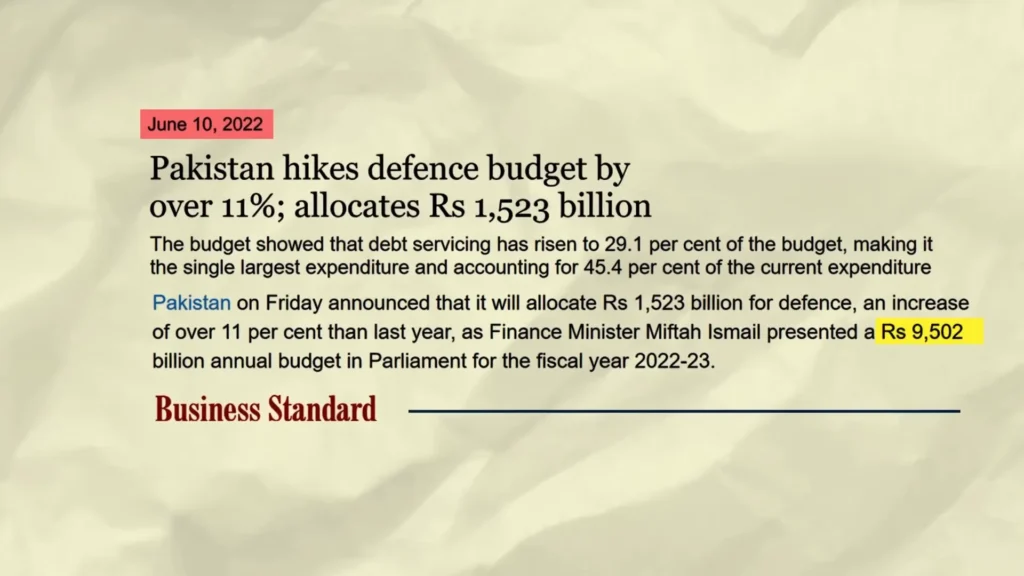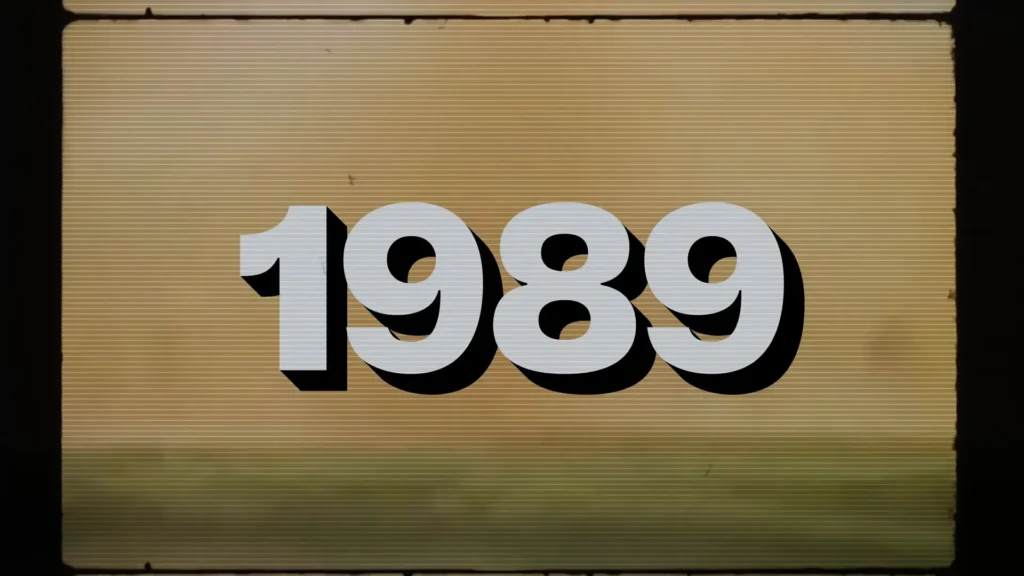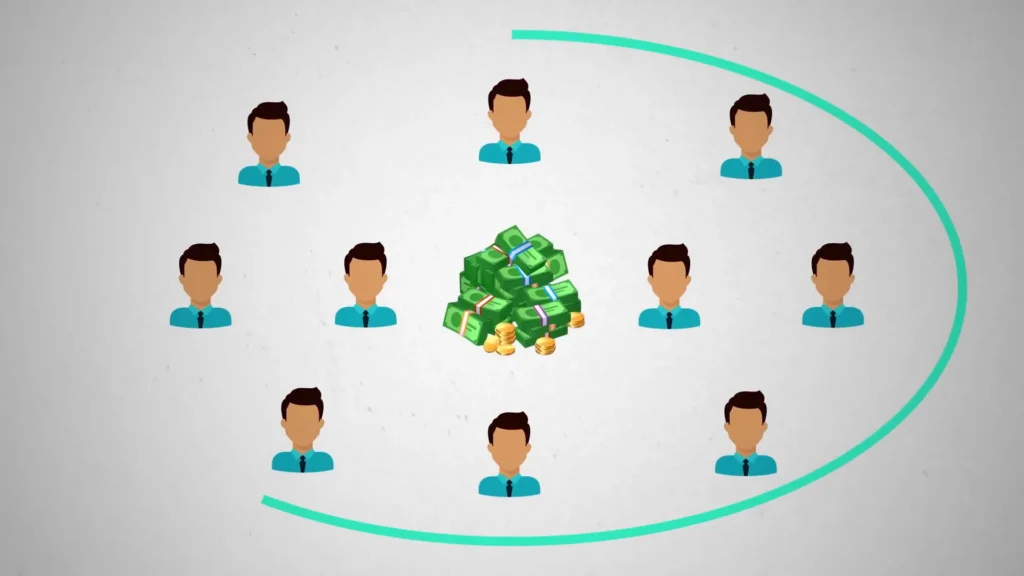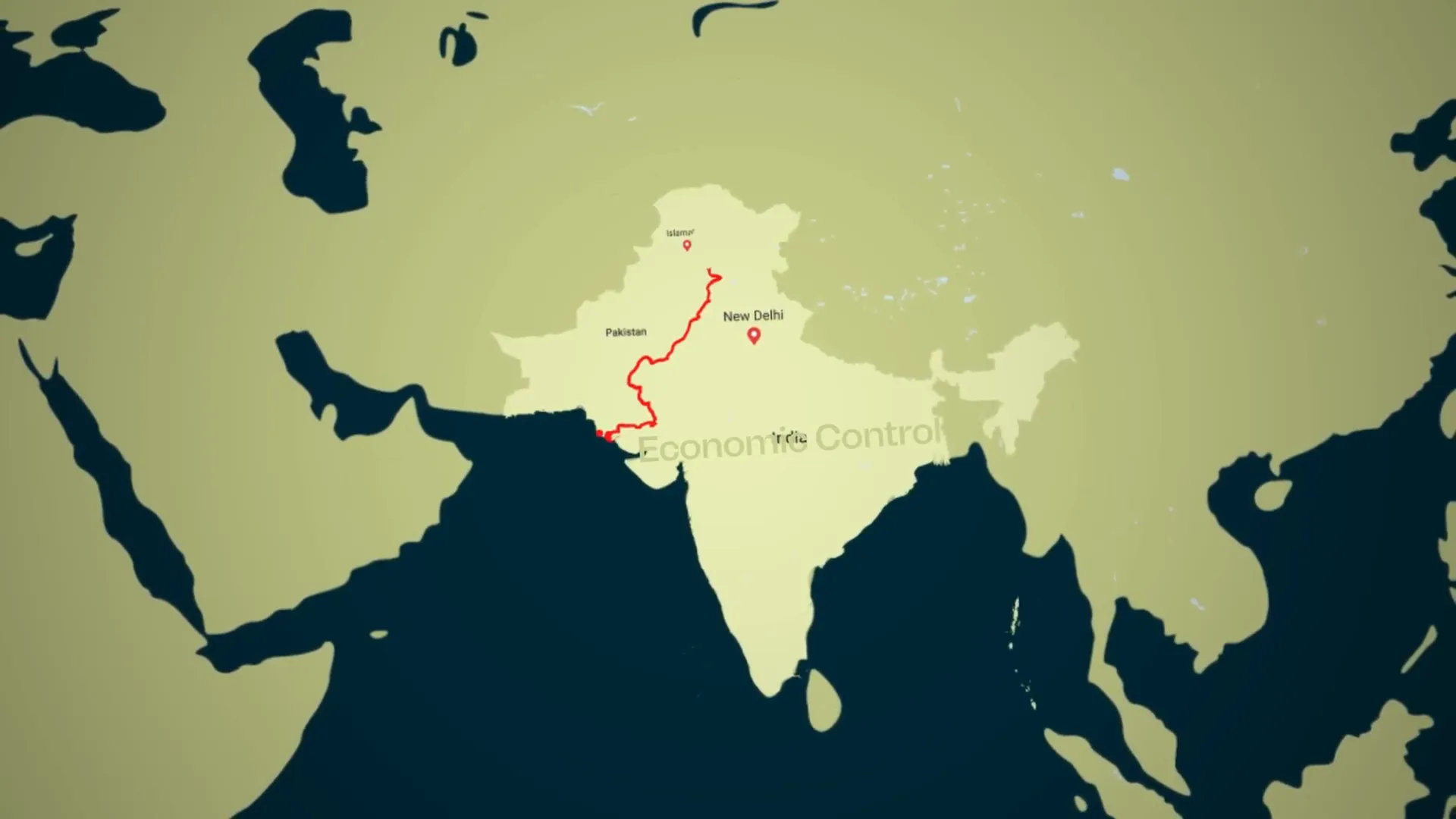The Current Economic Crisis in Pakistan: An In-Depth Analysis
Pakistan is currently grappling with one of the most severe economic crises in its history. This situation has led to widespread shortages, blackouts, and a plummeting currency Pakistan Political Crisis. The implications of this crisis are profound, affecting the daily lives of millions of Pakistanis and raising questions about the country’s governance and economic policies. In this blog, we will explore the various factors that have contributed to this crisis and its potential outcomes, often referred to as the Pakistan political crisis.
Understanding the Crisis
The current economic turmoil in Pakistan is characterized by a rapid decline in the value of its currency, severe inflation, and significant shortages of essential goods. Reports indicate that the Pakistani rupee has depreciated by 40% within a year, reaching a staggering 267 rupees per dollar. This depreciation, alongside power outages, has severely impacted the country’s GDP, leading to a contraction of up to 4%. The Pakistan political crisis provides context for these developments.
Moreover, the textile and manufacturing sectors, which are pivotal to Pakistan’s economy, have been devastated by power cuts. The forex reserves have also dwindled to less than $3 billion, akin to the situation in Sri Lanka, raising alarms about the sustainability of the economy—a key point in the Pakistan political crisis.

Historical Context
To fully grasp the current crisis, it is essential to understand the historical context of Pakistan’s economic policies and governance. Since its partition from India, Pakistan has faced significant challenges, receiving only a fraction of the military and economic resources compared to India. The initial economic control lay with India, and this disparity has had long-lasting effects.
Hussain Haqqani, a notable Pakistani author, emphasizes that Pakistan received only 17% of the overall resources post-partition. Out of 921 major industries, only 34 were allocated to Pakistan, which has hindered its industrial growth from the outset—a factor in the Pakistan political crisis.
The Role of Foreign Aid
Foreign aid has been a double-edged sword for Pakistan. While it has received substantial financial assistance over the years, much of this aid has not translated into sustainable development. Instead, the military has often been the primary beneficiary of foreign funds, leading to corruption and mismanagement.
Pakistan’s strategic location has made it a focal point for international aid, particularly from the United States. However, the relationship has often been transactional, with aid tied to military objectives rather than economic development. This reliance on aid has created a dependency that has stifled genuine economic growth, a situation often detailed in the Pakistan political crisis.

The Military’s Influence
The Pakistani military has played a crucial role in shaping the country’s economic landscape. With a significant portion of the national budget allocated to defense—over 15%—the military’s interests often overshadow the needs of the civilian population. The Pakistan political crisis highlights how military interventions have contributed to economic instability.
Throughout its history, the military has intervened in politics, leading to a cycle of instability. The military’s involvement in governance has often resulted in the appointment of prime ministers who operate under its influence, limiting democratic processes—a core aspect of the Pakistan political crisis.
Recent Developments and Challenges
The recent political turmoil, including the ousting of Imran Khan, has exacerbated the crisis. Political instability, combined with natural disasters such as the 2022 floods, has led to significant economic losses, estimated at around $30 billion. The Pakistan political crisis sheds light on the impact of these events on the economy.
Additionally, the ongoing conflict between Russia and Ukraine has further strained Pakistan’s economy by disrupting food supplies and increasing energy prices. With forex reserves at a critically low level, the government is left with few options, either seeking aid or turning to the International Monetary Fund (IMF).

The Path Forward
Looking ahead, the resolution of Pakistan’s economic crisis hinges on several factors. First, there needs to be a shift in governance, allowing for greater political stability and accountability. The military’s role in the economy must be curtailed to enable civilian leadership to implement effective economic policies—an important consideration in the Pakistan political crisis.
Moreover, engaging with the IMF and adhering to its guidelines will be crucial for securing much-needed financial assistance. However, this will require painful reforms, including cuts to military spending and increased transparency in financial management.
Conclusion
The economic situation in Pakistan is dire, but it is not insurmountable. By addressing the root causes of its economic challenges and fostering a more inclusive and accountable governance structure, Pakistan can pave the way for recovery and sustainable development. The path will be difficult, but with the right policies and leadership, there is hope for a brighter future, as outlined in the Pakistan political crisis.
